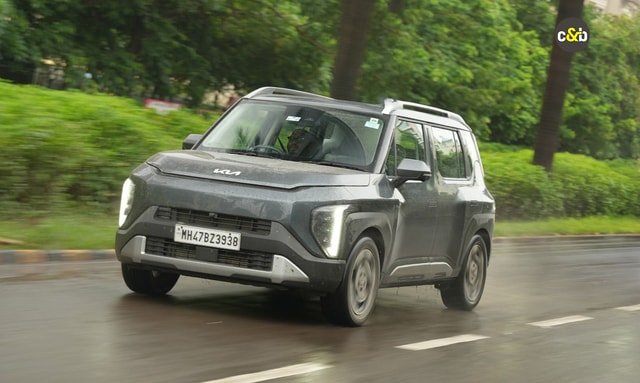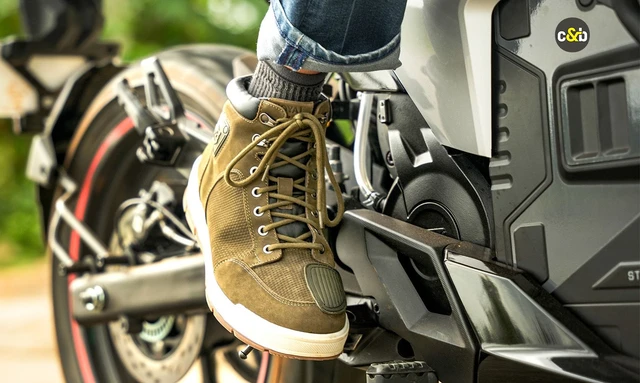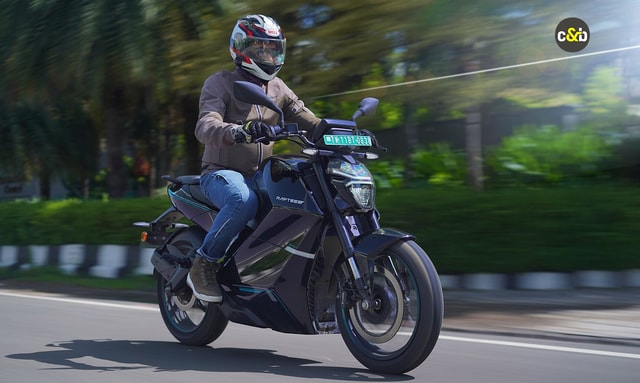Rain Impairs Performance Of Driver-Assistance Technology: Study

The performance of advanced driver-assistance technology used to help vehicles automatically brake and stay in lanes is significantly reduced by moderate and heavy rain, a study by the American Automobile Association showed on Thursday.
Researchers at AAA, a federation of North American motor clubs, found that vehicles' auto emergency braking systems, in several instances during simulated rainfall, no longer recognized stopped vehicles ahead and that vehicles' lane-keeping systems performed considerably worse.
That could lead to dangerous situations if drivers rely too heavily on the systems, whose performance is typically evaluated in ideal conditions, the researchers said.
"The reality is people aren't always driving around in perfect, sunny weather, so we must expand testing and take into consideration things people actually contend with in their day-to-day driving," Greg Brannon, AAA's director of automotive engineering and industry relations, said in a statement.

ADAS are becoming more common in newer vehicles.
Advanced driver-assistance systems, or ADAS, are becoming more common in newer vehicles. They do not offer autonomous driving, but can automate limited driving tasks.
Auto emergency braking is increasingly provided as a standard feature in new cars and has shown to significantly reduce rear-end crashes in tests by insurance groups.
In the AAA study, no test car crashed into a stopped vehicle under ideal conditions. But during simulated rainfall, 17% of test runs resulted in crashes at speeds of 25 mph (40 km/h), increasing to 33% at speeds of 35 mph (56 kmph).
The pavement during the rain tests was dry and researchers noted wet roads could result in even higher crash rates. Vehicles equipped with lane-keeping technology crossed lane markers 37% of the time during ideal conditions in the AAA test, but that rate jumped to 69% once rain was added.
The group tested a 2020 Buick Enclave Avenir, a 2020 Hyundai Santa Fe, a 2020 Toyota RAV4 and a 2020 Volkswagen Tiguan.
Trending News
Latest News
 car&bike Team | Nov 18, 2025Mahindra BE 6, XEV 9e Available With Discounts Of Up To Rs 1.55 LakhThe benefits come as part of the 1st anniversary of the all-electric Mahindra duo.2 mins read
car&bike Team | Nov 18, 2025Mahindra BE 6, XEV 9e Available With Discounts Of Up To Rs 1.55 LakhThe benefits come as part of the 1st anniversary of the all-electric Mahindra duo.2 mins read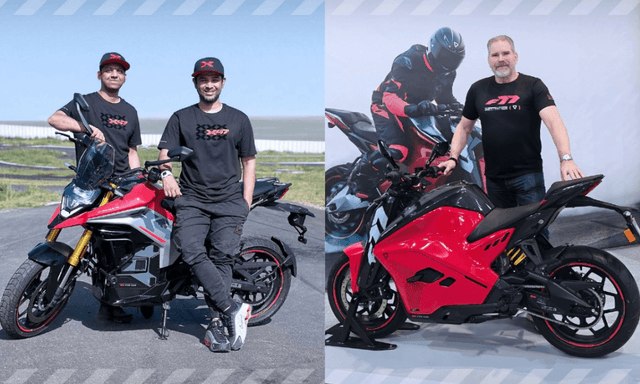 car&bike Team | Nov 18, 2025Ultraviolette F77 SuperStreet, F77 Mach 2 Launched In The UKUltraviolette has entered the UK market with the F77 Mach 2 and SuperStreet models, and has also displayed several upcoming products.1 min read
car&bike Team | Nov 18, 2025Ultraviolette F77 SuperStreet, F77 Mach 2 Launched In The UKUltraviolette has entered the UK market with the F77 Mach 2 and SuperStreet models, and has also displayed several upcoming products.1 min read Preetam Bora | Nov 18, 2025Kawasaki W230 Announced For The UK: Does It Make Sense For India?The Kawasaki W230 is a new modern classic roadster announced for the UK market in 2026. Will it make for a sensible launch in India?2 mins read
Preetam Bora | Nov 18, 2025Kawasaki W230 Announced For The UK: Does It Make Sense For India?The Kawasaki W230 is a new modern classic roadster announced for the UK market in 2026. Will it make for a sensible launch in India?2 mins read car&bike Team | Nov 18, 2025NeoKavach Launches India’s First Wearable Airbag Vest For RidersThe NeoKavach wearable airbag vest for motorcyclists, priced at Rs. 32,400, offers instant upper-body crash protection, by deploying in milliseconds in the event of a crash.1 min read
car&bike Team | Nov 18, 2025NeoKavach Launches India’s First Wearable Airbag Vest For RidersThe NeoKavach wearable airbag vest for motorcyclists, priced at Rs. 32,400, offers instant upper-body crash protection, by deploying in milliseconds in the event of a crash.1 min read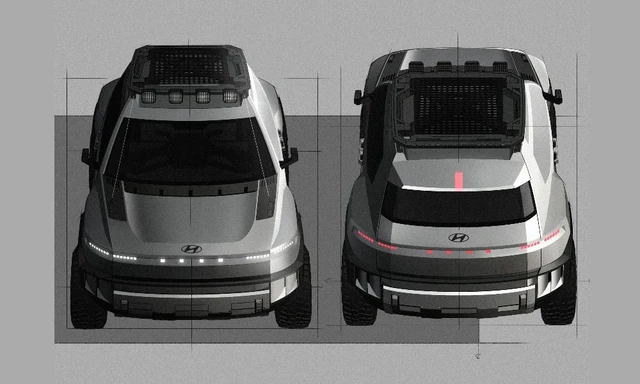 Jaiveer Mehra | Nov 18, 2025Hyundai Crater Concept Previewed; To Preview Upcoming Off-RoaderThe Crater concept will debut at the upcoming Los Angeles Auto Show 2025 on November 202 mins read
Jaiveer Mehra | Nov 18, 2025Hyundai Crater Concept Previewed; To Preview Upcoming Off-RoaderThe Crater concept will debut at the upcoming Los Angeles Auto Show 2025 on November 202 mins read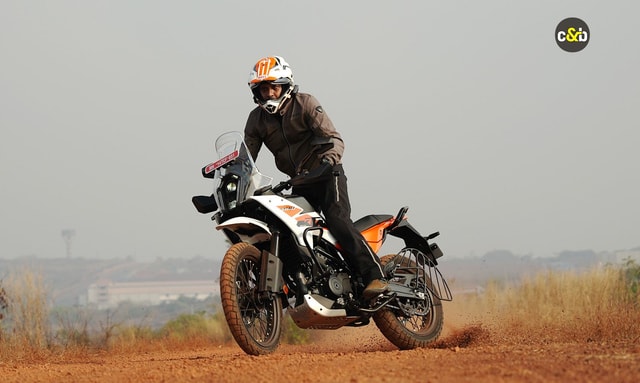 car&bike Team | Nov 17, 2025KTM 390 Adventure, Adventure X Prices Hiked By Up To Rs 27,000The hike in prices is likely due to the brand no longer absorbing the increased cost of the models post-GST 2.0.2 mins read
car&bike Team | Nov 17, 2025KTM 390 Adventure, Adventure X Prices Hiked By Up To Rs 27,000The hike in prices is likely due to the brand no longer absorbing the increased cost of the models post-GST 2.0.2 mins read
































































































































